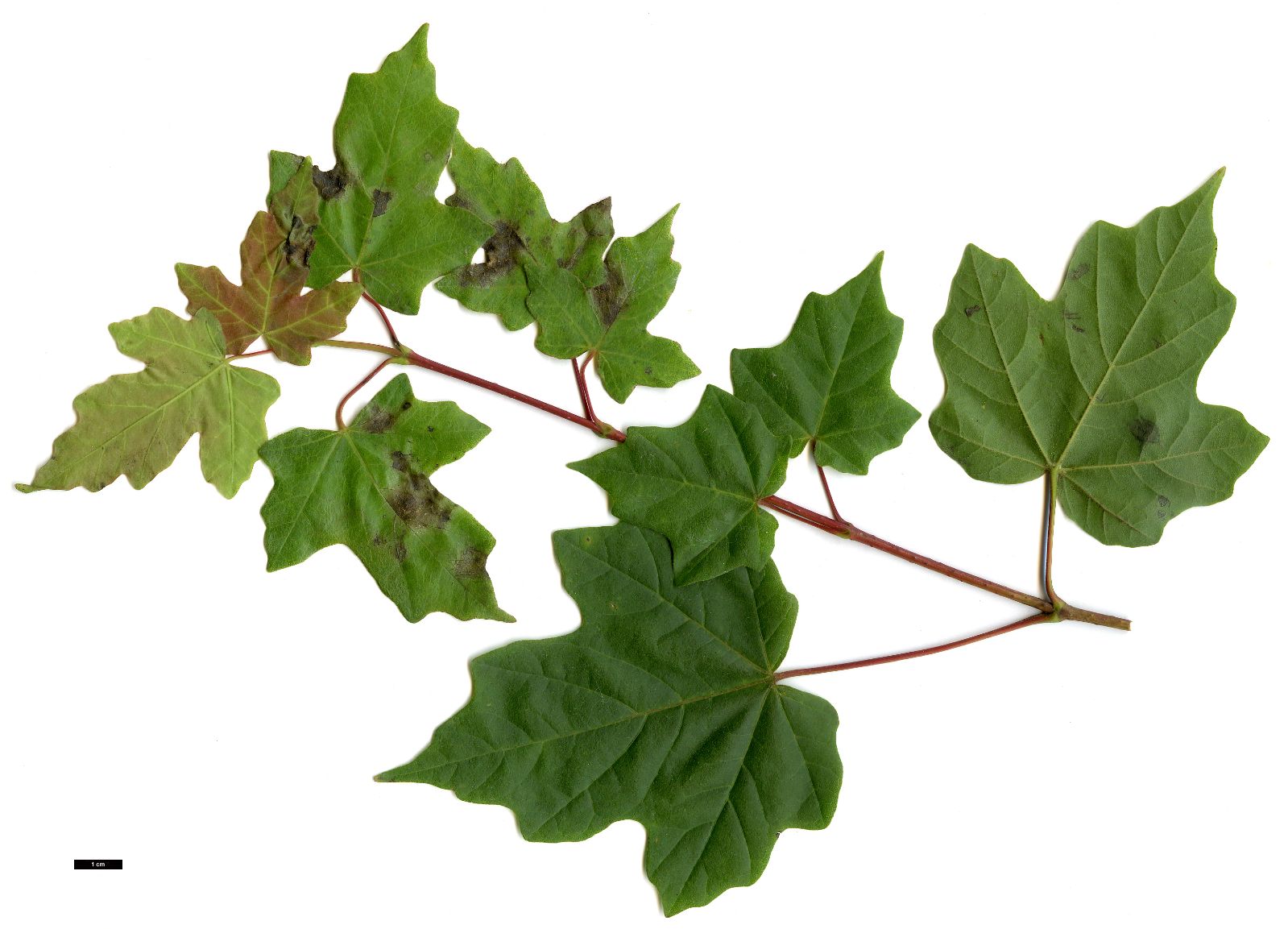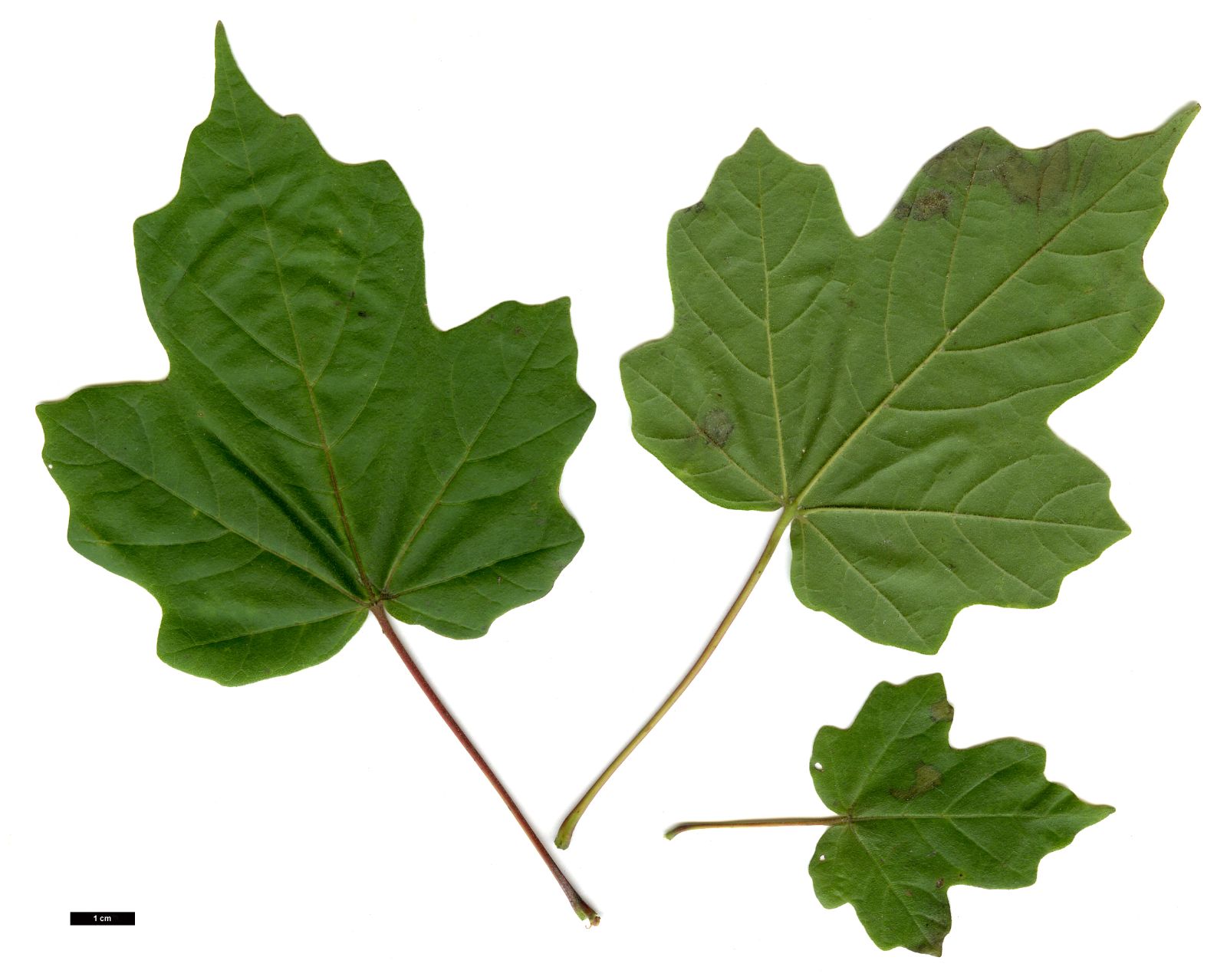Acer miaotaiense
Sponsor
Kindly sponsored by
The Wynkcoombe Arboretum
Credits
Dan Crowley (2020)
Recommended citation
Crowley, D. (2020), 'Acer miaotaiense' from the website Trees and Shrubs Online (treesandshrubsonline.
Genus
- Acer
- Sect. Platanoidea
Synonyms
- Acer miyabei subsp. miaotaiense (Tsoong) Murray
- Acer yangjuechi W.P. Fang & P.L. Chiu.
Other taxa in genus
- Acer acuminatum
- Acer amplum
- Acer argutum
- Acer barbinerve
- Acer buergerianum
- Acer caesium
- Acer calcaratum
- Acer campbellii
- Acer campestre
- Acer 'Candy Stripe'
- Acer capillipes
- Acer cappadocicum
- Acer carpinifolium
- Acer 'Cascade'
- Acer caudatum
- Acer ceriferum
- Acer chapaense
- Acer chienii
- Acer circinatum
- Acer cissifolium
- Acer × conspicuum
- Acer cordatum
- Acer coriaceifolium
- Acer × coriaceum
- Acer crataegifolium
- Acer davidii
- Acer diabolicum
- Acer distylum
- Acer divergens
- Acer duplicatoserratum
- Acer elegantulum
- Acer erianthum
- Acer 'Esk Flamingo'
- Acer fargesii
- Acer fenzelianum
- Acer flabellatum
- Acer forrestii
- Acer franchetii
- Acer × freemanii
- Acer fulvescens
- Acer 'Gimborn'
- Acer ginnala
- Acer glabrum
- Acer 'Gold Coin'
- Acer granatense
- Acer grandidentatum
- Acer griseum
- Acer heldreichii
- Acer henryi
- Acer × hillieri
- Acer hookeri
- Acer hyrcanum
- Acer japonicum
- Acer kawakamii
- Acer komarovii
- Acer laevigatum
- Acer laurinum
- Acer laxiflorum
- Acer lobelii
- Acer longipes
- Acer macrophyllum
- Acer mandshuricum
- Acer maximowiczianum
- Acer maximowiczii
- Acer metcalfii
- Acer micranthum
- Acer 'Mindavi'
- Acer 'Minorient'
- Acer miyabei
- Acer miyabei × campestre
- Acer monspessulanum
- Acer morifolium
- Acer 'Mozart'
- Acer oblongum
- Acer obtusifolium
- Acer okamotoanum
- Acer oliverianum
- Acer opalus
- Acer orientale
- Acer palmatum
- Acer papilio
- Acer pauciflorum
- Acer pectinatum
- Acer pensylvanicum
- Acer pentaphyllum
- Acer pentapotamicum
- Acer pictum
- Acer pilosum
- Acer pinnatinervium
- Acer platanoides
- Acer platanoides × amplum
- Acer platanoides × truncatum
- Acer × pseudoheldreichii
- Acer pseudoplatanus
- Acer pseudosieboldianum
- Acer pubinerve
- Acer pycnanthum
- Acer rubescens
- Acer rubrum
- Acer rufinerve
- Acer saccharinum
- Acer saccharum
- Acer sempervirens
- Acer 'Serpentine'
- Acer serrulatum
- Acer shenkanense
- Acer sieboldianum
- Acer sikkimense
- Acer 'Silver Cardinal'
- Acer 'Silver Ghost'
- Acer sinense
- Acer sinopurpurascens
- Acer spicatum
- Acer stachyophyllum
- Acer taronense
- Acer tataricum
- Acer tegmentosum
- Acer tenellum
- Acer tetramerum
- Acer tibetense
- Acer tonkinense
- Acer triflorum
- Acer truncatum
- Acer tschonoskii
- Acer turkestanicum
- Acer tutcheri
- Acer ukurunduense
- Acer velutinum
- Acer wardii
- Acer 'White Tigress'
- Acer wilsonii
- Acer × zoeschense
A deciduous tree to 25 m in the wild. Bark grey to pale brown, with shallow, fissures. Branchlets glabrous, brown, often developing corky ridges. Buds small, ovoid to ellipsoid, with 4 to 10 pairs of imbricate scales, brown. Leaves broadly ovate to pentagonal in outline, base cordate to subcordate, 3– to 5-lobed with broad sinuses, 5–8 × (4–)7–9(–10) cm, lobes apically obtuse or acute, margins entire to undulate or lobulate, upper surface mid to dark green, pubescent at first, lower surface pale green, pubescent throughout, at least at first; petiole to 5–6 cm long, green to red, faintly grooved, broadening at base, exuding a milky sap when broken; autumn colours yellow. Inflorescence terminal, corymbose-paniculate, ~10 flowered. Flowers yellowish-green, 5-merous, usually dioecious, sepals oblong, ~0.4 cm long, ciliate, petals obovate-lanceolate, ciliate, as long sepals, stamens 8, inserted in the middle or outside the nectar disc. Samaras 2–2.5(–4) cm long, wings spreading horizontally. Nutlets flattened. Flowering in May, appearing with leaves, fruiting in October. (Xu et al. 2008).
Distribution China south eastern Gansu, south western Henan, north western Hubei, southern Shaanxi, Zhejiang
Habitat Temperate mixed forests between 700 and 1600 m asl.
USDA Hardiness Zone 5
RHS Hardiness Rating H6
Conservation status Data deficient (DD)
Taxonomic note The species was included as a subspecies of Acer miyabei by van Gelderen et al. (1994) but at species rank by Xu et al. (2008), whose treatment is followed here. A. yangjuechi, treated as a synonym here and representing the eastern most end of the species’ range as currently understood, is considered a distinct species by some authors, and this interpretation may become accepted in the future.
All of the cultivated material of Acer miaotaiense derives from collections made by American collecting teams, with much of that in Europe sourced from Heritage Seedlings, Oregon, having been collected in Shaanxi Province. Plants of this source at Westonbirt, planted in 2005, have developed a broad, somewhat sprawling form, spreading as wide as they are tall as of August 2018. Those at Rogow Arboretum, Poland are ‘very vigorous, healthy and fast growing trees’ regularly producing seed and much better growers than the related A. miyabei (P. Banaszczak, pers. comm. 2020). Further material collected across expeditions undertaken by the North America-China Plant Exploration Consortium (NACPEC) is represented in North American collections. QLG 057 was also collected in Shaanxi Province in 1996, with plants represented at the Morris Arboretum, Philadelphia, The Morton Arboretum, Illinois and the David C. Lam Asian Garden, Vancouver. NACPEC 11–064 was collected in Gansu in 2011 and is also grown at the Morton and Morris arboreta, as well as the Arnold Arboretum, Boston. A third NACPEC collection was made in the Shennongjia Forest District in 2018, under NACPEC 18–076, though is not yet grown in collections. From A. miyabei, A. miaotaiense can be distinguished by its glabrous shoots (pubescent in A. miyabei) and smaller leaves (De Langhe & Crowley 2018).



